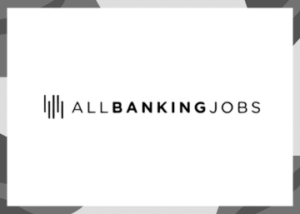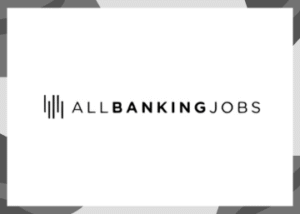The Australian Prudential Regulation Authority (APRA) has recently outlined several proposals aimed at introducing a new, streamlined pathway towards Internal Ratings-Based (IRB) accreditation. This process is instrumental for calculating the minimum capital requirements for authorized deposit-taking institutions (ADIs). These reforms are a part of a broader series that APRA has initiated, focusing on elevating the financial sector’s efficiency and transparency.
Key Aspects of the New Streamlined Pathway
The proposed changes by APRA are set to bring about flexibility and ease for ADIs during the IRB accreditation process. Here are the six key aspects of the new streamlined pathway:
1. Single Portfolio Selection
Under the new proposal, ADIs will have the option to select a single portfolio, such as residential mortgages, for the initial phase of IRB accreditation. This move will allow institutions to focus on a specific area, potentially reducing the complexity of the accreditation process.
2. Carve-Out of Larger Proportion of Exposures
APRA also proposes to allow ADIs to permanently carve-out a larger proportion of exposures from the IRB accreditation process. This change is expected to provide more flexibility for institutions, particularly those with diverse portfolios.
3. Recognition of Capital Benefit
ADIs will be able to fully recognise any capital benefit at each stage of a phased accreditation, provided that core requirements are met. This suggests that institutions may experience improved financial positioning as they progress through the accreditation process.
4. Phased-In Additional IRB Capital Requirement
The proposal also includes a phase-in of the additional IRB capital requirement, potentially easing the financial burden on ADIs during the accreditation process.
5. Phased-In Use of Models for Interest Rate Risk
Under the new pathway, the use of models for interest rate risk will also be phased in, allowing ADIs more time to adapt and implement these models effectively.
6. Extension of the Accreditation Process
Finally, APRA proposes to allow ADIs an extra year to complete the full accreditation process, offering more flexibility and reducing time pressures on these institutions.
Potential Interest and Barriers to Accreditation
The streamlined pathway is expected to appeal to a number of medium-sized ADIs, including Bendigo and Adelaide Bank. This institution has previously invested significant time and resources towards IRB accreditation but has not yet reached this milestone. Major mutual banks may also find the new pathway beneficial.
In their announcement, APRA highlighted two potential barriers to accreditation for medium-sized ADIs. Firstly, despite previous changes, some stakeholders perceive the process as too expensive, resource-intensive, and time-consuming. Secondly, there’s a perception of insufficient transparency about how the process operates. The new pathway aims to address these concerns, making accreditation more accessible and transparent.
Currently, only the four major banks, along with Macquarie and ING, benefit from internal ratings-based accreditation. With these new changes, APRA aims to provide a more inclusive, efficient, and streamlined accreditation process for all ADIs.
For more information on APRA’s proposals, please refer here.





